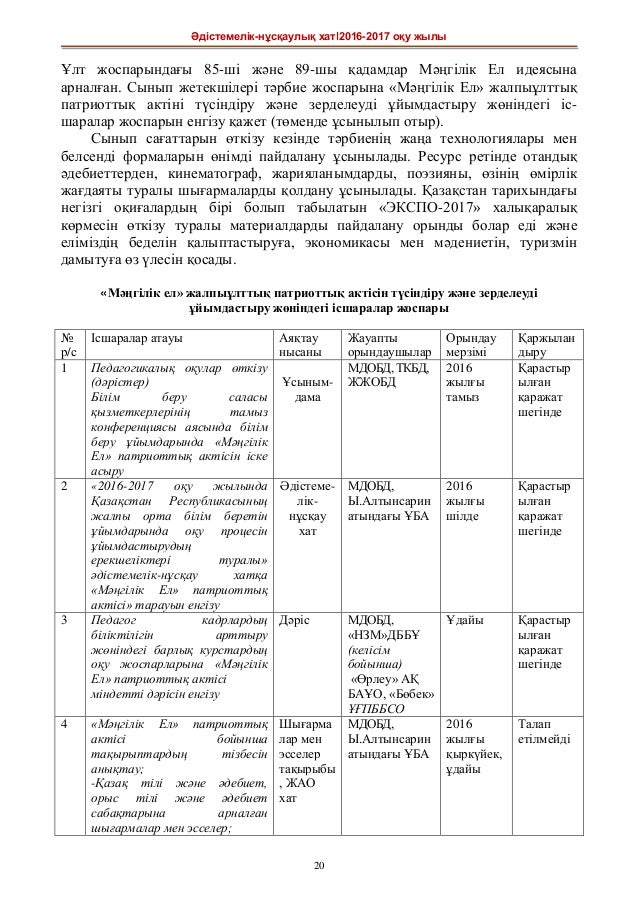Mektepke Dejng Blm Beru Zhospari

Figure 7b In this sketch, the region exterior to the larger circle and within the boundaries of the horizontal lines defines what Gauss called the “fundamental region”. Cennik obrazec na yarmarku. Fallout 3 ps3 save editor. In this region lay the branch which Gauss called the “simplest.” The entire region, which can be considered a curvilinear triangle with two vertices at and and the other vertex at infinity, is the manifold of all possible “simplest” branches.
The Faculty of Regional Development and International Studies (FRRMS) is a young faculty (founded in 2008), however, during its short existence, thanks to its specialisation and international extent it has become an attractive institution offering education in Bachelor and Master study programmes.
All related branch will be found by mapping this fundamental region into the circular triangles formed inside the larger circle, or, by translating the fundamental region, up or down, by or, respectively. Thus, the underlying manifold of the arithmetic-geometric mean and the elliptical functions is can be characterized as a complete “discontinuum”. Gauss’s geometric treatment of the complex arithmetic-geometric mean is a special case of the more general elliptical modular functions. Though Gauss developed this concept in his fragments, it was Abel, Jacobi and especially Riemann who gave the elaboration.
A brief summary of this more general form might be pedagogically helpful. As has been developed in previous installments of this series (See, Riemann for Anti-Dummies Part 64), Riemann showed that the general characteristic of elliptical functions is their double periodicity. This double periodicity is a more general expression of the physical principle that in elliptical motion, unlike in a circle, the elliptical function is incommensurable, differently, with the angle and the arc.
This double incommensurability is a general characteristic of elliptical functions, but the specific relationship of this double incommensurability, with reference to an ellipse, is a function of the eccentricity of the ellipse. This characteristic expresses itself very simply in Riemann’s surfaces, by the shape of the parallelograms that geometrically express each period. (See Figure 8.). The double periodicity of ellipses of different eccentricities are expressed by different shaped parallelograms. (See Figure 9.).
Figure 10 The shape of each parallelogram can be uniquely expressed by the ratio of the two complex numbers that define the parallelogram, similar to the way the uniqueness of an ellipse can be defined by the ratio of its axes. This ratio is called, “the period ratio”. As in the case of the complex branches of the arithmetic-geometric mean, one of these period ratios can be designated the fundamental one.
All the others are derived by the same transformations as Gauss illustrated in his famous sketch. (See Figures 11a, 11b, 11c). Figure 11c The Road Ahead This brief summary of the epistemological implications and historical context of Gauss’s investigations of the arithmetic-geometric mean is meant to serve merely as a beginning point for a more detailed study to be carried out in pedagogical workshops over the ensuing period. But it is sufficient to indicate, when viewed from the standpoint of Riemann’s subsequent elaboration of Abelian functions and hypergeometries, how our conception of the universe as a whole must change, with the pursuit of physical investigations into the very large and the very small. These boundaries will undoubtedly be extended over the course of the twenty-first century with a rapid acceleration of man’s exploration of space and the harnessing of nuclear and sub-nuclear processes.